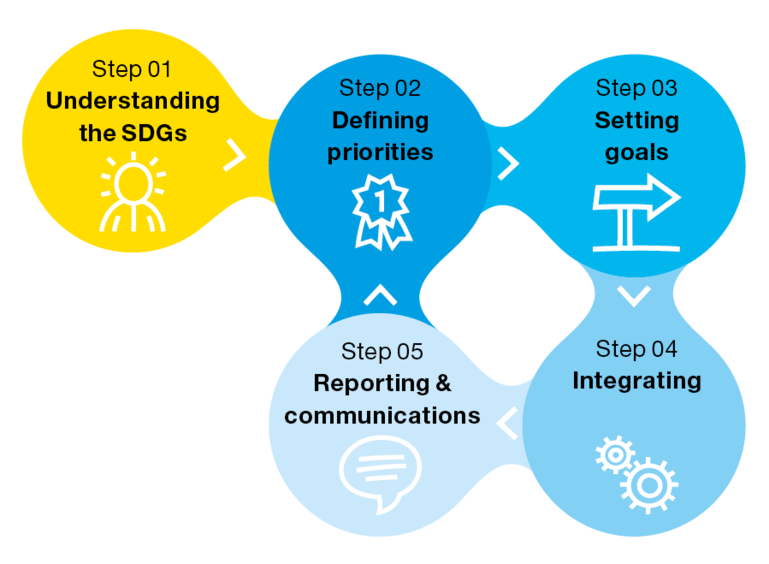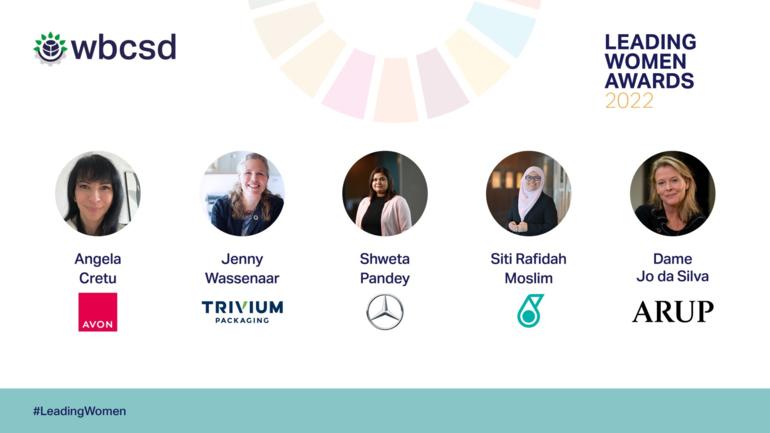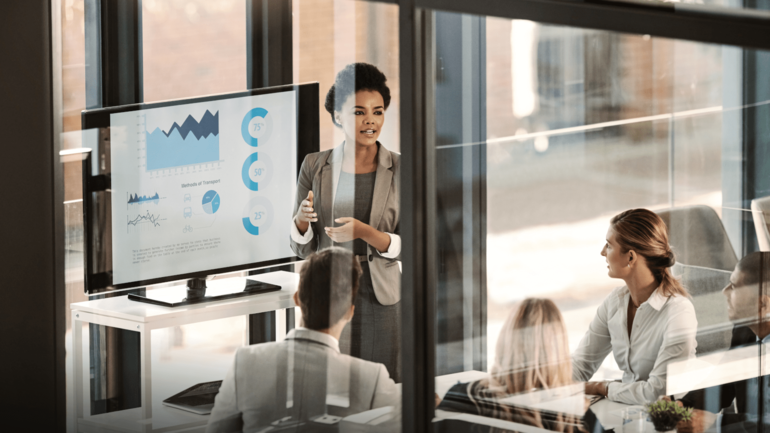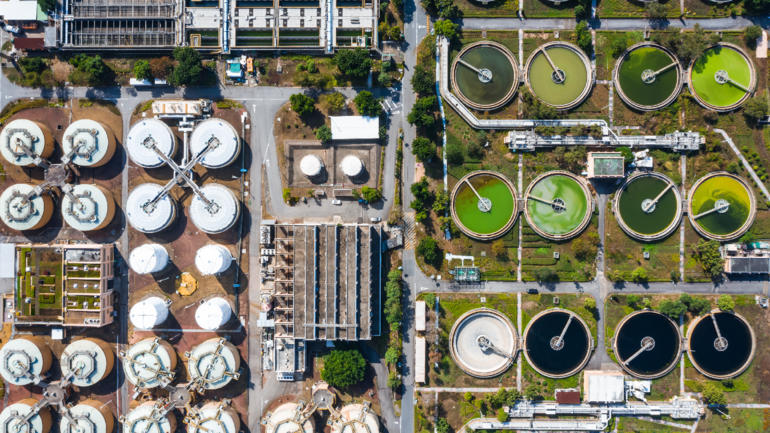WBCSD member Stora Enso interviewed Filippo Veglio, Managing Director at WBCSD in charge of SDGs, to understand what is the role of business in achieving the SDGs. Read the interview below
In 2015, the United Nations defined a set of 17 Sustainable Development Goals (SDGs) that address social and economic development issues on a global scale, each with their own set of related targets. All sectors of society, including businesses, are encouraged to work and collaborate towards these vital goals. Stora Enso supports all 17 SDGs, but we have identified the following three as strategic goals that our business has the most impact on:
1. Why are the UN’s Sustainable Development Goals important – particularly for businesses?
The SDGs represent an internationally shared global agenda for sustainability looking forward to 2030. They address the most pressing challenges of our time, including climate change, resource depletion, poverty, and social justice – aiming to help everyone from governments and businesses to citizens to transform our world, by stimulating actions that benefit people and the planet. The SDGs call on everyone, including companies, to conduct self-examination and take a proactive role through collaboration and innovation.
Long-term business success also hinges on the realisation of the SDGs. A study conducted by the Business & Sustainable Development Commission indicates that if the SDGs are achieved, new market opportunities amounting to at least USD 12 trillion a year could be unlocked by 2030.
2. How can global companies best start to address the SDGs?
A 5-step approach is outlined in the SDG Compass, a guide that we have helped to create for companies. The five steps are: understand; define priorities; set goals; integrate; report. It’s important for companies to actively shape their sustainability strategies in line with the 2030 agenda and its targets – especially by finding ways to address their negative impacts. Companies like Stora Enso already have valuable insights to share regarding the responsible use of renewable natural resources, including forests and biomass-based fuels, and the benefits of products made from renewable materials.
SDG Compass. Source: The guide for business action on the SDGs. WBCSD, GRI, and UNGC.
3. How can businesses benefit societies by adopting the SDGs?
Fully respecting human rights is one of the most fundamental ways businesses can help to realise the SDGs – and to remove significant barriers to global development. It’s also important to help address critical megatrends such as climate change, resource depletion, demographic shifts, migration, and urbanisation. In a nutshell, businesses cannot realise the SDGs alone, but they can play a crucial role as a source of finance, as drivers of innovation, and as engines of economic growth and employment.
4. More and more companies are talking about the SDGs today, but is this always reflected in real actions?
We recognise that companies are at different stages in their sustainability journeys. Many already understand the importance of the SDGs, and how their work relates to them. But others go further, by strategically aligning their sustainability work with the SDGs, addressing their own positive and negative impacts, and promoting innovative thinking. This can take time, of course, but companies must ultimately go beyond merely using the SDG logos to brand their existing sustainability work, and transparently demonstrate how they are engaging meaningfully with the goals.
5. What key challenges face global companies who are keen to help realise the SDGs?
The 17 goals and their 169 related targets might feel overwhelming at first, but companies should ask themselves “Where can we make the most meaningful contributions, and have the most significant impacts?” It’s also important to recognise that each global geography has its own unique mix of SDG challenges. And it’s always worth engaging in open and constructive collaboration with civil society organisations, academia, and governments.
6. How does WBCSD work towards the SDGs?
We’re striving to focus more on how businesses should take action - by helping them integrate the SDGs strategically - and identify the most impactful measures. This work involves providing our member companies with tailored updates and insights on the latest trends related to the SDG agenda; giving business a voice in important platforms and events; and encouraging collaboration and the sharing of best practices.
7. How will the world be different in 2030 if the SDGs are successfully achieved?
To realise the SDGs we will need to transform entire economic systems – most notably cities and mobility, energy and materials, food, land, water, and people. But the result will be a world that’s better for everyone – including businesses that will be able to thrive in more prosperous societies where no one is left behind.
Article originally published on Stora Enso










